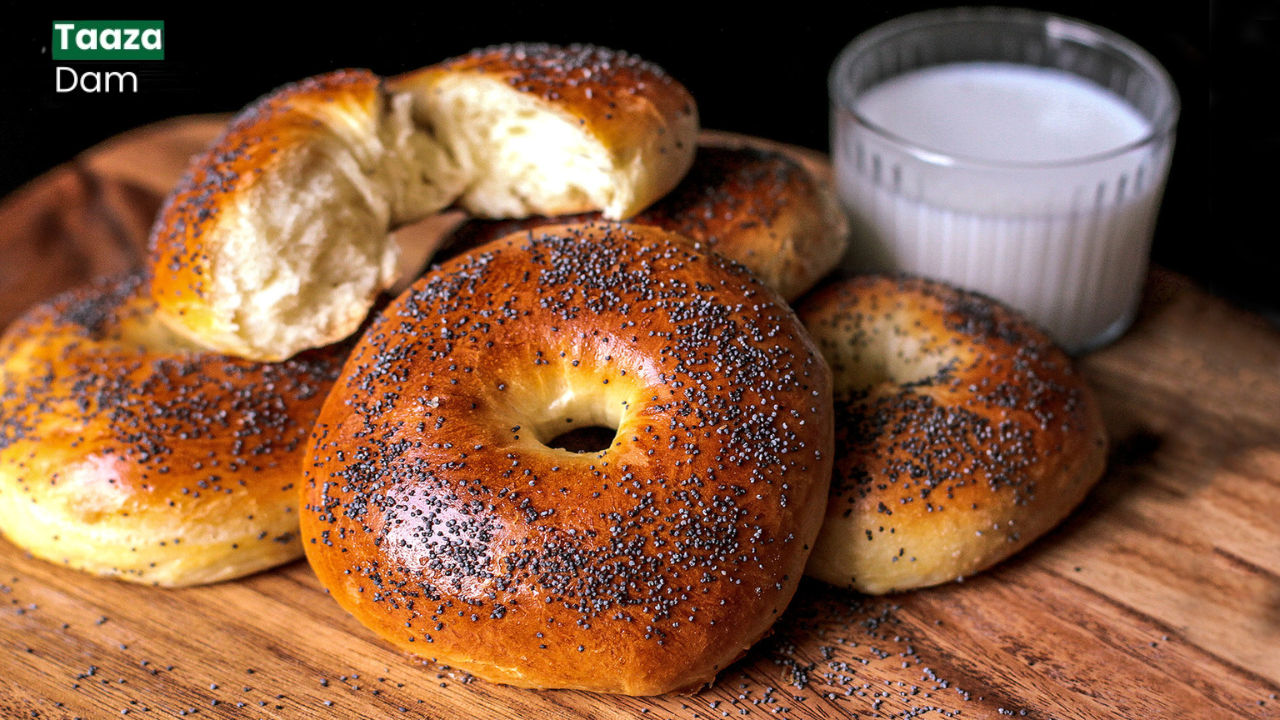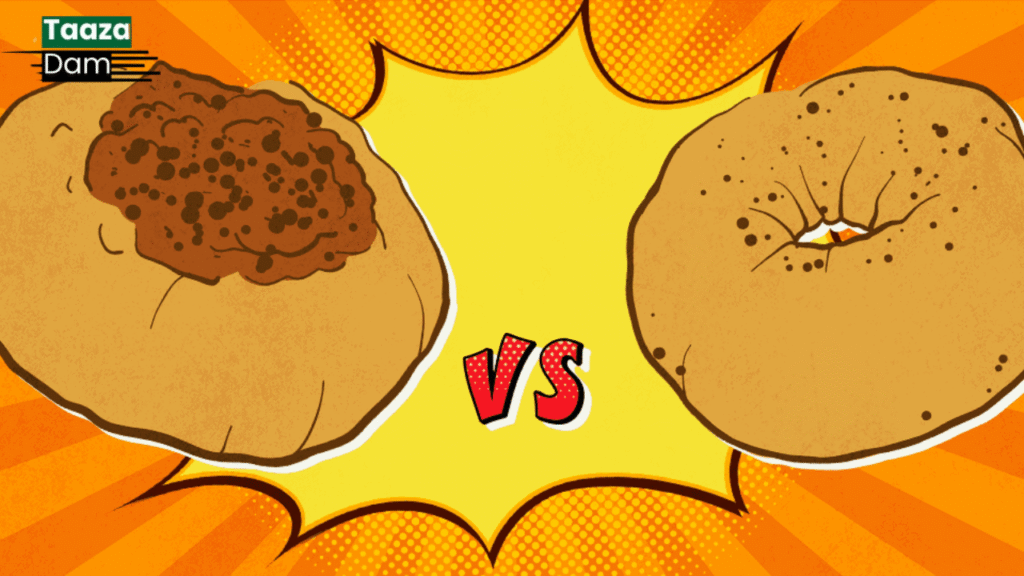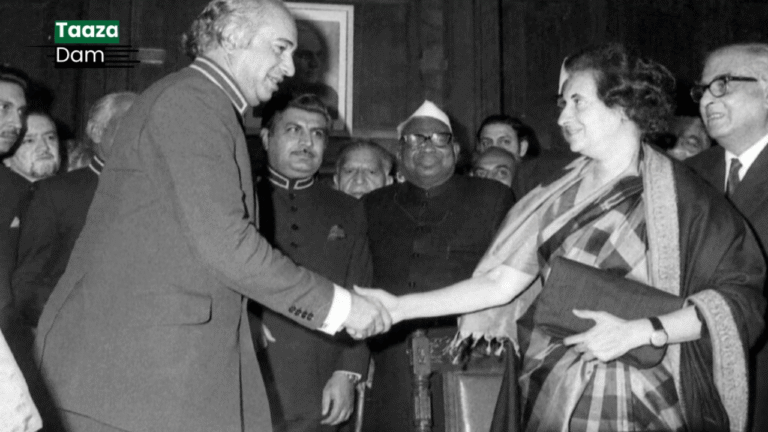Bublik: The Traditional Eastern European Bread Making a Comeback

What Is a Bublik?
The bublik (also spelled booblik) is a ring-shaped bread roll originating in Eastern Europe, especially Ukraine, Russia, and Poland. While often compared to the bagel, the bublik is larger, drier, and typically sweeter due to the inclusion of sugar and sometimes poppy seeds or vanilla.
A Bite of History
The roots of the bublik trace back to centuries-old Slavic traditions. It was a staple sold by street vendors and in local markets, often strung together and worn around the neck by children or vendors. Bubliks held symbolic meaning in some cultures, representing eternity or unity due to their circular shape.
Bublik vs. Bagel: What’s the Difference?

Though similar in appearance, these two baked goods differ:
- Size: Bubliks are usually larger and thicker.
- Texture: Bubliks are denser and drier.
- Taste: Bubliks are often slightly sweet and may contain additions like raisins, seeds, or flavorings.
- Cooking Method: Both are boiled before baking, but bubliks may spend more time in boiling water.
Modern Revival in Cafés and Bakeries
In recent years, there’s been a resurgence of interest in artisanal breads, and bubliks are making their way into bakeries and cafes across Europe and even North America. Food bloggers and chefs are adapting the classic recipe to include new flavors—like matcha, cinnamon, or even cheese-filled versions.
Cultural Significance Today
For many in the Ukrainian and Russian diaspora, bubliks are more than food—they’re a connection to heritage. With the rising interest in traditional and slow food, bubliks are being rediscovered and celebrated, particularly during cultural festivals and food fairs.






